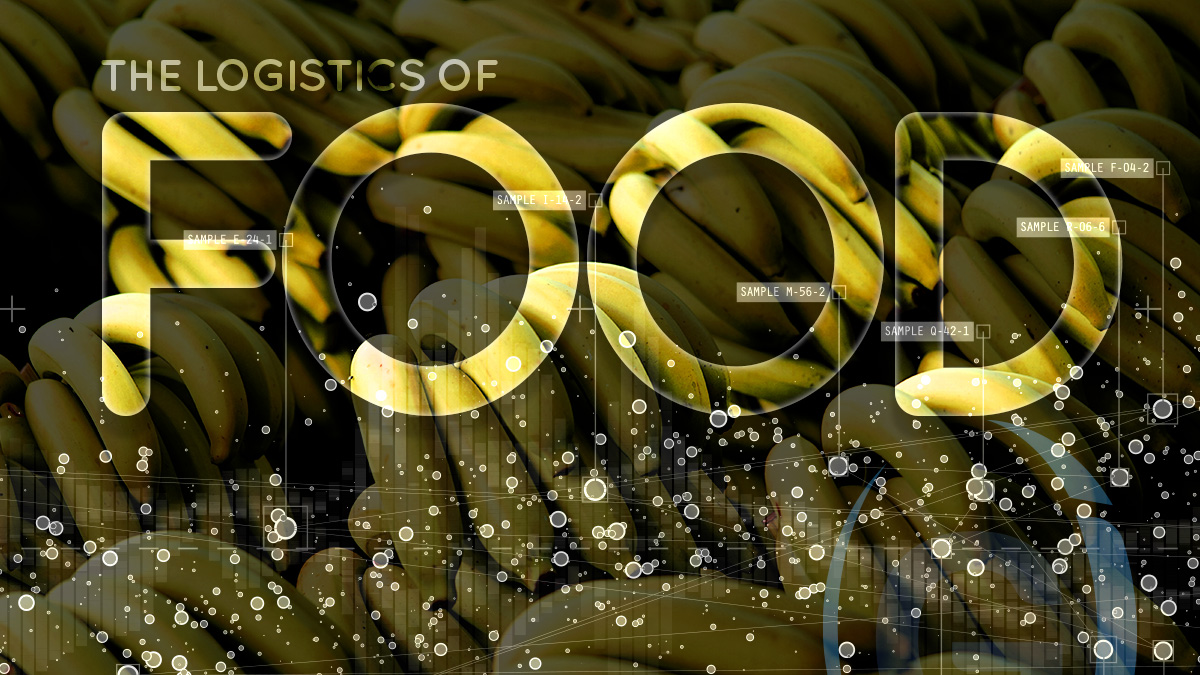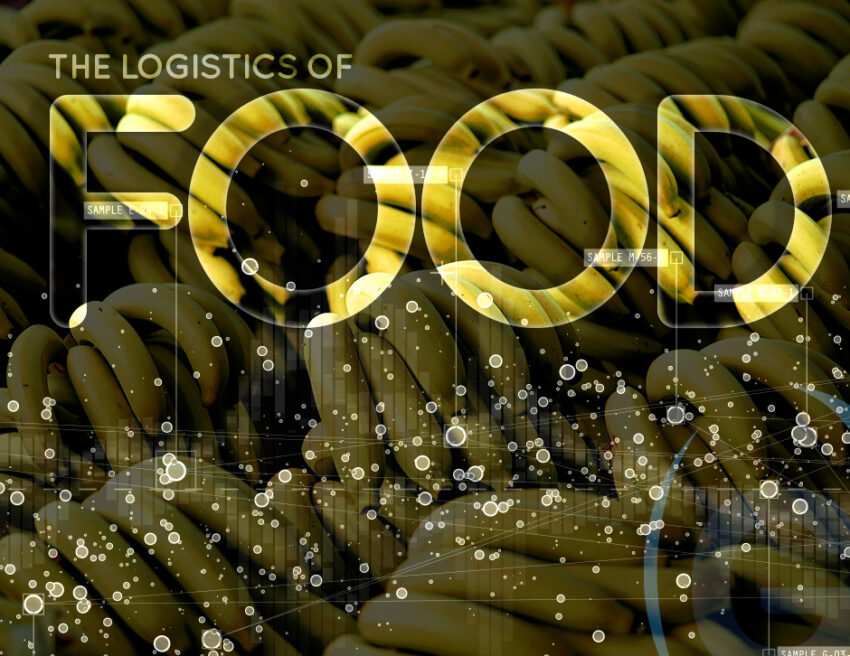In a world where hunger claims lives daily, it’s a distressing reality that so much food ends up in the trash. Approximately one-third of all food produced for human consumption—about 1.3 billion tons worth around US$1 trillion—is lost or wasted annually. To put this in perspective, this “surplus food” could feed two billion people, which is more than double the number of undernourished individuals worldwide. This problem not only represents a massive economic loss but also has severe environmental and social consequences. The transportation and logistics industry, with its pivotal role in the food supply chain, has the potential to significantly reduce food waste through the adoption of advanced technologies.
In this article, we explore the extent of this growing problem and how state-of-the-art transportation and logistics technology and advanced supply chain management can help prevent food from being wasted.

The growing problem of food waste
Food waste occurs at various stages of the supply chain, from production and processing to retail and consumption. Inefficiencies, spoilage, and overproduction are common culprits. For instance, fruits and vegetables often spoil before they reach the market due to inadequate storage and transportation conditions. Retailers frequently discard perfectly edible food because of cosmetic imperfections or because it is nearing its expiration date. Consumers also play a role, often buying more than they need and letting food go bad at home.
Beyond the ethical implications of wasting food while millions go hungry, the environmental impact is profound. Food waste contributes to the depletion of natural resources, including water and energy, used in food production. The annual global food waste generates CO2-equivalent (GtCO2e) emissions comparable to the total combined emissions of the United States and the European Union. Additionally, when food waste ends up in landfills, it decomposes and produces methane, a potent greenhouse gas that contributes to climate change. Therefore, addressing food waste is crucial for tackling both hunger and climate change.
How transportation and logistics technology can help mitigate food waste
-
Real-Time tracking and monitoring
One of the major causes of food waste is spoilage due to improper handling and storage conditions. Real-time tracking and monitoring systems, powered by the Internet of Things (IoT), enable logistics providers to continuously monitor the temperature, humidity, and other critical conditions of perishable goods throughout the supply chain. Sensors placed in storage facilities and transport vehicles provide real-time data, ensuring that any deviations from optimal conditions are immediately detected and addressed. This proactive approach helps prevent spoilage and extends the shelf life of food products.
-
Use of route optimization platforms
Transportation is a critical aspect of the food supply chain, and delays or inefficiencies can lead to significant food waste. Advanced logistics technology, including route optimization software, helps streamline transportation by identifying the most efficient routes and schedules. By reducing transit times and avoiding traffic congestion, these technologies ensure that perishable goods reach their destinations faster and in better condition. Additionally, optimizing transportation routes reduces fuel consumption and greenhouse gas emissions, contributing to overall sustainability.
-
Better supply chain visibility
Transparency across the supply chain is essential for reducing food waste. Enhanced visibility, achieved through technologies like blockchain, allows all stakeholders to track the movement of food products from farm to table. This transparency helps identify inefficiencies and bottlenecks in the supply chain, enabling timely interventions. For example, if a delay occurs at any point, stakeholders can quickly adjust logistics plans to ensure that perishable goods are not compromised. Blockchain also helps in tracing the origin of food products, which is crucial for managing recalls and ensuring food safety.
-
Use of inventory management systems
Efficient inventory management is crucial in reducing food waste. Advanced software solutions, utilizing artificial intelligence (AI) and machine learning (ML), can predict demand more accurately and optimize inventory levels. These systems analyze historical data, market trends, and seasonal variations to forecast demand and adjust stock levels accordingly. By ensuring that the right amount of food is available at the right time, logistics providers can minimize overstocking and reduce the risk of perishable goods going to waste.
-
Predictive analytics
Predictive analytics, driven by AI and Machine Learning, provide valuable insights into potential risks and disruptions in the supply chain. By analyzing various data points, these technologies can predict weather patterns, transportation delays, and other factors that might affect the freshness of food products. Armed with this information, logistics providers can take preventive measures, such as adjusting storage conditions or rerouting shipments, to mitigate the risk of spoilage and waste.
Wrapping it up
The integration of advanced logistics technologies offers a promising solution to the pressing issue of food waste. By enhancing real-time monitoring, inventory management, supply chain visibility, transportation efficiency, collaboration, and predictive analytics, these technologies empower logistics providers to minimize food waste significantly. As the logistics industry continues to evolve, embracing these innovations will not only help mitigate food waste but also contribute to a more sustainable and efficient global food supply chain.


